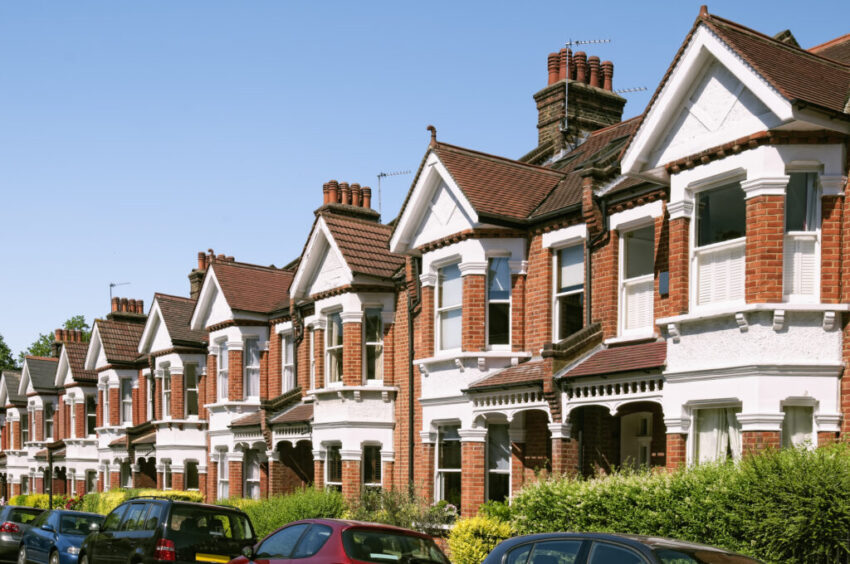
The average price of a property coming on to the market rose by £2,906 in March, as stability and confidence returned to the housing sector after the chaos unleashed by the mini-budget, new research has found.
The average price of properties listed rose by 0.8 per cent this month, driven by a 1.2 per cent rise in the price of the most expensive homes, according to the analysis by Rightmove, the property website.
House prices rose by nearly a fifth over the course of the pandemic in what was described as the “race for space” as buyers sought to move to properties with gardens and more space to work from home.
Growth in house prices peaked last summer, and the price of the average home has fallen in recent months as inflation rose to its highest level in decades and rising interest rates pushed up costs for homeowners.
Tim Bannister, Rightmove’s director of property science, said the housing market reached an unsustainable level in the past two years and was on track to slow to a more normal level, but the speed of the slowdown was accelerated by the Truss-Kwarteng mini-budget in September.
“The beginning of the spring season sees stability and confidence continuing to return to the market as it recovers from the turbulence at the end of 2022,” he said. “While higher mortgage rates and economic headwinds raise challenges, many potential home-movers who were effectively sidelined in the frenetic bidding wars of the last two years will find that a slower-paced market gives them time to plan and secure their next move as we enter the traditionally busy spring buying season,” Bannister added.
Mortgage rates have fallen back from their peak last year, with the average rate for a 15 per cent deposit, five-year fixed mortgage now at 4.65 per cent, down from 4.75 per cent last month and a high of 5.89 per cent in October. However, rates remain elevated compared with the 2.48 per cent average recorded in March 2022.
Last week, the Office for Budget Responsibility predicted a double-digit drop in house prices as the market undergoes a correction after its pandemic highs.
Asking prices among new sellers are now £5,800 below their peak in October last year, according to Rightmove. Growth in the price of houses listed continues to fall, recording a rate of 3 per cent this month.
Properties seen as typical for first-time buyers, usually those with one or two bedrooms, are leading the cautious recovery, according to the estate agent which found that sales in this sector improved at the fastest rate. Agreed sales this month fell onl4 per cent behind the same period in March 2019, before the pandemic.
Bannister said: “Lagging sales agreed in the larger homes sectors are likely to be caused by a combination of factors including fewer pandemic-driven moves to bigger homes, a more cautious approach to trading up due to the cost of living, and even perhaps concern over the running costs of a larger home.”
He added that sales in the first-time buyer sector are probably being helped by families giving buyers money to help with their deposits.
Speaking about the research, Matthew Thompson, Chestertons’ Head of Sales, says: “Spring may not see the typical seasonal increase in properties being put up for sale that many buyers had hoped for. Whilst buyers remained undeterred in February, there were 17% fewer sellers entering the market. This, in turn, is leading to a limited number of properties coming onto the market in March and April leaving many house hunters frustrated.”
“The London property market slowed down at the end of last year in reaction to the Bank of England increasing interest rates. These rates have started to come down since the beginning of 2023 and we are seeing stronger competition amongst mortgage lenders which means that rates are now only slightly higher than before the September 2022 mini-budget. This has relieved some pressure on households with fixed-rate mortgages coming up for renewal. As a result, some homeowners who had considered downsizing to lower costs may have been able to get another fixed-rate mortgage at an affordable rate – meaning they are under less pressure to sell.”